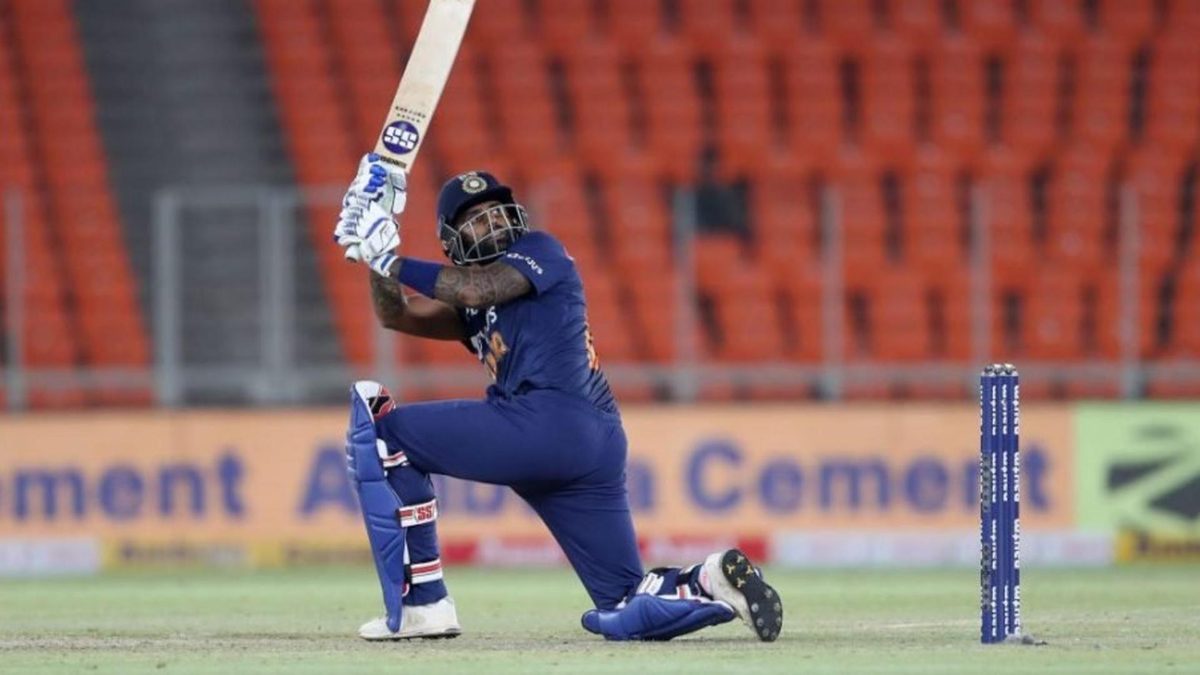
Cricket’s soft signal protocols came under scrutiny after Suryakumar Yadav’s controversial dismissal in the fourth T20I between India and England at Ahmedabad.
Subscribe to the Wisden Cricket YouTube channel for post-match awards, player interviews, analysis and much more.
Yadav, in his first innings in T20I cricket, raced to a sublime half-century that helped India recover from a stuttering start.
A ball after paddle-sweeping Sam Curran for six, Yadav attempted to repeat the trick, but could only direct the ball to Dawid Malan running in from deep fine-leg.
Initially, it appeared that Malan had caught the ball cleanly but on-field umpires sent the decision upstairs to check, crucially giving a soft signal of ‘out’.
The third umpire spent a few minutes looking at slow motion replays to determine whether or not Malan had indeed taken the catch cleanly, eventually concluding that the footage was inconclusive and chose not to overturn the decision.
The incident put into focus the procedure that sees the on-field umpire give a soft signal, even if they are 50 or so yards away from the action. Some angles suggested that the ball may well have hit the ground.
How can this be out. When you are not sure whether the ball was taken cleanly after watching so many replays using top class technology and still go by the soft signal given by the on-field umpire. I think this rule needs to be revisited and changed. #INDvsENG pic.twitter.com/b5XMdH8qEz
— VVS Laxman (@VVSLaxman281) March 18, 2021
Earlier this year, the MCC World Cricket committee discussed the possibility of removing soft signals for catches that take place outside the 30-yard fielding circle.
After the meeting, the MCC released some of its main discussion points. On the removal of soft signals, it read: “The committee felt that the soft-signal system worked well for catches within the 30-yard fielding circle, but that catches near the boundary often left the umpires unsighted. It was proposed that, for such catches, the on-field umpires could give an ‘unsighted’ instruction to the TV umpire, rather than the more explicit soft-signal of Out or Not out.”








